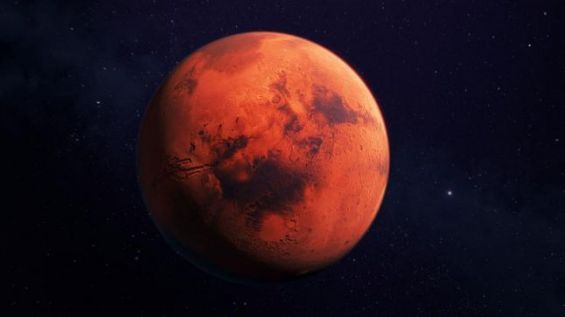Scientists analyzing Martian meteorites found in Morocco almost ten years ago, revealed that water may have been present in Mars 4.4 billion years ago. Researchers have discovered the presence of water in two of the most famous Martian meteorites, known as the Black Beauty or NWA 7034 and NWA 7533.
In a study published on October 30 by peer-reviewed journal Science Advances, the group of scientists revealed that «melts of ancient mafic clasts from a Martian regolith meteorite, NWA 7533, experienced substantial Fe-Ti oxide fractionation».
To put it in other words, scientists have found signs of oxidation in the meteorites, which could have occurred as water formed, as explained in their paper «Early oxidation of the Martian crust triggered by impacts».
«Our analysis also suggests such an impact would have released a lot of hydrogen, which would have contributed to planetary warming at a time when Mars already had a thick insulating atmosphere of carbon dioxide».
Moroccan meteorites and recent discoveries about Mars
In details, study author Professor Takashi Mikouchi at the University of Tokyo indicated that samples from the first meteorite NWA 7533 «were subjected to four different kinds of spectroscopic analysis – ways of detecting chemical fingerprints».
«We found strong evidence for oxidation of magma», he said, adding that «igneous clasts, or fragmented rock, in the meteorite are formed from magma and are commonly caused by impacts and oxidation».
The analysis also reveals that the «oxidation could have occurred if there was water present on or in the Martian crust 4.4 billion years ago during an impact that melted part of the crust».
«[This] would have contributed to planetary warming at a time when Mars already had a thick insulating atmosphere of carbon dioxide», said Mikouchi.
For the record, the Black Beauty was found in Ghredad Sabti region in southern Morocco in 2011, a slice of it was donated to the University of New Mexico by an American who bought it from a Moroccan meteorite dealer. NWA 7533 was in 2012 in the Sahara desert and purchased in Agadir in June of the same year. The two are believed to be part of the same meteorite.





 chargement...
chargement...












